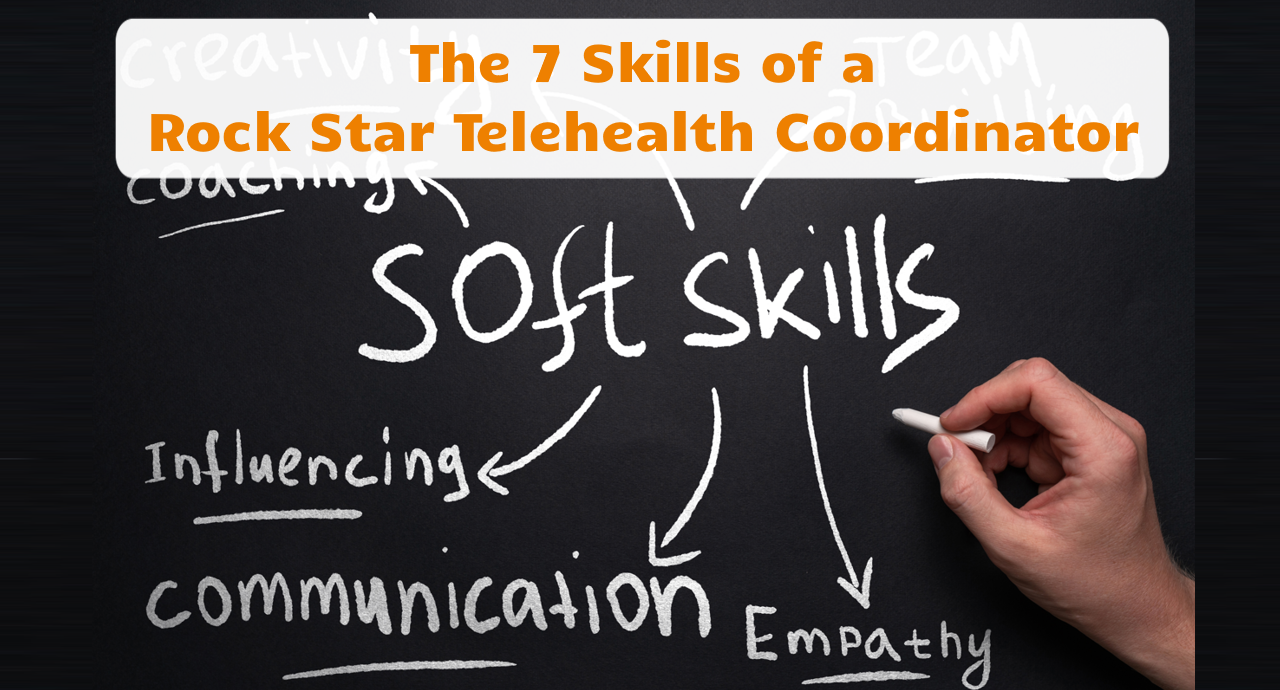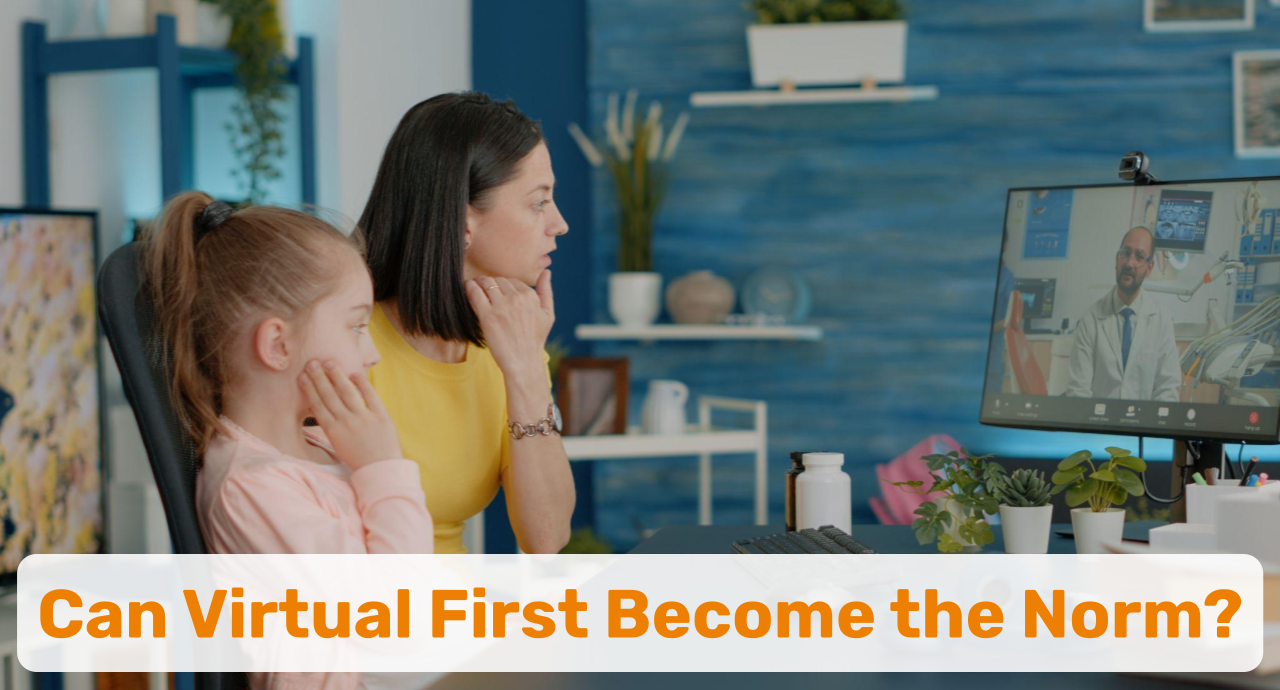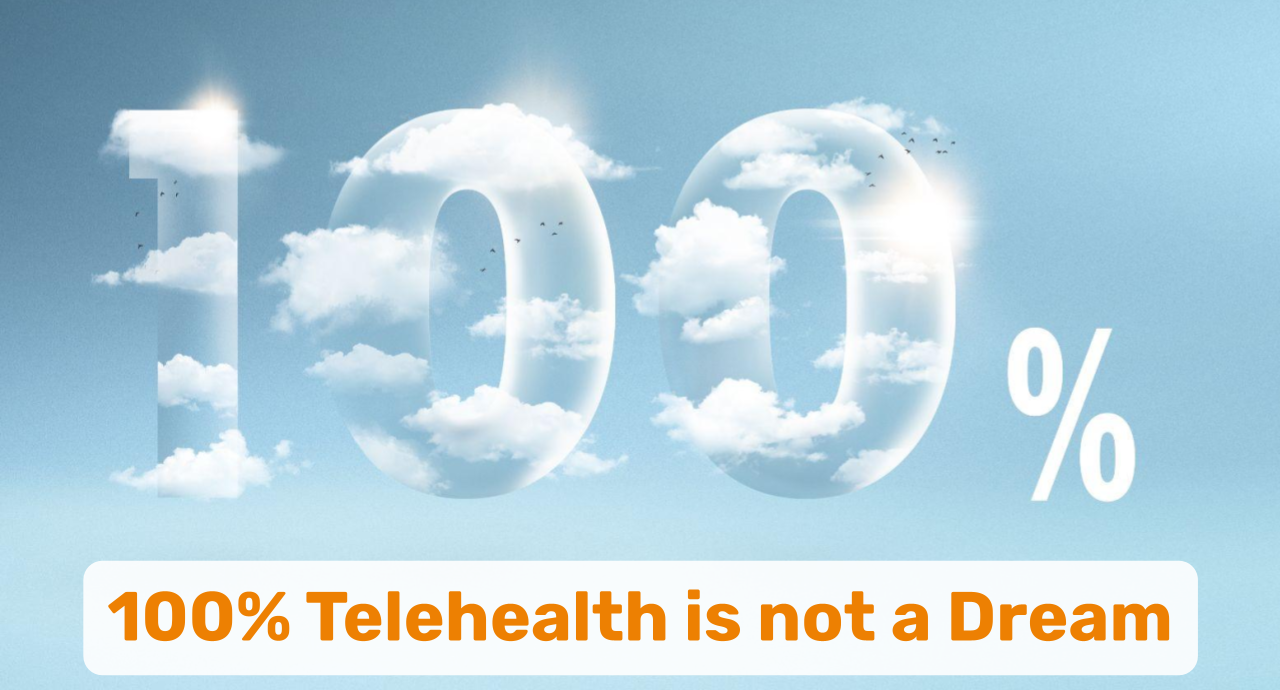Happy 2024!
Covering The Basics












What is Telehealth?
It was time for a basic primer on the simplest of questions: What is Telehealth? In this article we cover the definition, its use as a clinical tool and its use as a strategic tool.
96 Common Video Telemedicine Scenarios
Did you realize that there are 96 common scenarios for video telemedicine? Patients and providers can be in different locations, there are different scheduling types, and we can have video visits or virtual exams. This article
describes them all.
























Dashboard Medicine: Remote Physiological Monitoring (RPM) driving Engagement & Outcomes
Remote Physiological Monitoring is a great virtual care modality to keep patients out of the hospital and to manage their chronic decisions. Here’s a primer on the value, benefits,
and the system of RPM.
























The 7 Critical Qualities of a Rock Star Telehealth Coordinator
qualities, and skills of a Rock Star Telehealth Coordinator.
The 7 Skills of a Rock Star Telehealth Coordinator
Guidance for Leaders
For healthcare leaders who after Covid haven’t really thought about telehealth that much, the following, hopefully enlightening, article makes the case that telehealth — as a tactical, strategic tool — can help an organization to achieve ALL of its strategic objectives. I.e., telehealth is not just one of the initiatives…it is a powerful tactic that can help achieve all of the other objectives:












Telehealth Creates Strategic Success
With the increasing growth of non-traditional care delivery competitors (e.g., Amazon Clinic) many business models are pursuing a virtual care first approach, which I’m exploring this article:












Can Virtual First Become the Norm?
Which leads directly into my preposterous goal that healthcare leaders should be aiming for 100% telehealth — which by the way does not mean that 100% of outpatient care should be virtual. This article explains what 100% Telehealth does mean (to me):












100% Telehealth is not a Dream
provides guidance on how to get there.
Once a clinic’s leadership team commits itself to telehealth, the selection and launch of new telehealth initiatives should be done through three different lenses, as the following article lays out:
3 Tactics for Sustainable Virtual Care
If you are committed to virtual care, then you have to make it sustainable in three ways: strategically, clinically, and financially. This article explains how.
Finally, when leaders have committed themselves to leveraging the power of telehealth, the success of the telehealth performed must be measured in order to be managed. These two articles provide the basics on establishing a simple but effective telehealth performance management system:
How to Measure Telehealth Success
To establish a dashboard of #telehealth success, we first must identify what types of measures can be collected and what else is involved. This is the first in a series of articles on measuring telehealth success.
Telehealth Performance Metrics
Additional Considerations
Since healthcare organizations are increasingly driven by patient outcomes, being able to adequately engage and “activate” patients is key to success. Telehealth can help in that regard, and this article explores the concept and the evolution of the terminology:
Patient Experience, Patient Satisfaction, Patient Engagement: What’s the Difference?
virtual care to improve the patient experience and achieve high levels of patient satisfaction to create a high degree of patient engagement?
For telehealth to succeed, most important is the mindset of the clinicians. As in all of healthcare, without the buy-in and engagement of clinicians, nothing works, especially not telehealth. In 2023 I explored that notion in these two articles:
8 Reasons Why Clinicians are Apprehensive About Telehealth
When clinicians do not believe that telehealth is for them (or their patients) then your telehealth program will never reach its full potential. Here are 7 things you can do to get
clinicians on board.
Is Telehealth Rocket Science?
Is Telehealth Rocket Science? No, Telehealth is not Rocket Science. But getting clinicians to use telehealth well, is. Luckily here is a formula for achieving telehealth adoption success.
Happy New Year!
As we break ground on a New Year I wish you all your best for your Telehealth and Digital Health endeavors – and if you ever want to have a chat about what you’re up to, let me know.
























To receive articles like these in your Inbox every week, you can subscribe to Christian’s Telehealth Tuesday Newsletter.
Christian Milaster and his team optimize Telehealth Services for health systems and physician practices. Christian is the Founder and President of Ingenium Digital Health Advisors where he and his expert consortium partner with healthcare leaders to enable the delivery of extraordinary care.
Contact Christian by phone or text at 657-464-3648, via email, or video chat.




















